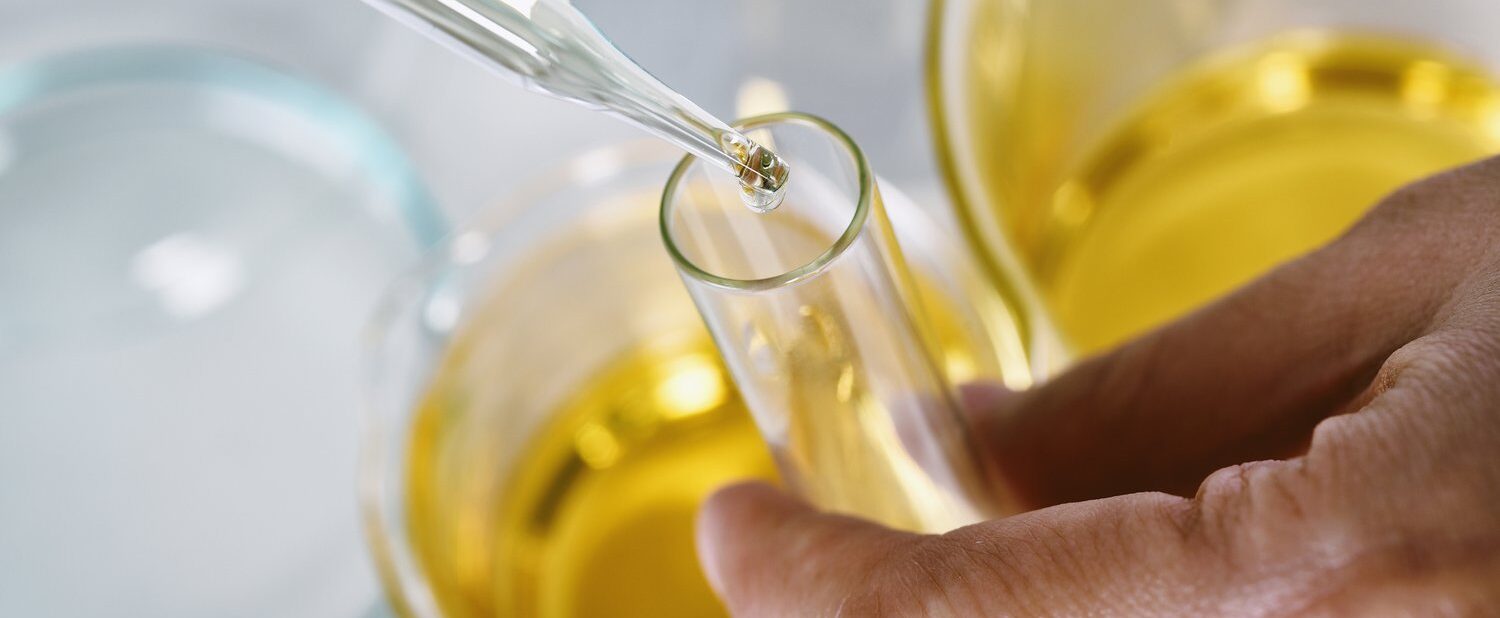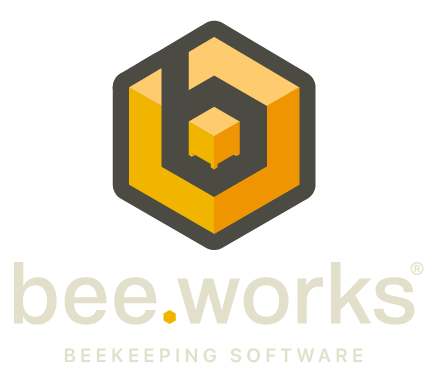Fake honey!

As beekeepers we know that the sweet flavour of honey is a favourite for many around the world, but unfortunately, there are some cases where honey isn’t all that it seems. With fake or adulterated honey becoming increasingly more common in our foods and shop-bought products, it’s important to understand what this means and how we can protect the reputation of true honey and protect honey buyers against fake honey. We will also explain how you can share with your customers how to identify real from fake honey!
What is adulterated honey?
Adulterated honey is any type of honey which has had its natural composition altered through the addition of foreign substances such as sugar syrup or corn syrup. This type of ‘fake’ honey can often taste like real honey, but is far less nutritious because much of its beneficial nutrients being lost during adulteration. Furthermore, fake honey is usually produced at lower costs than genuine honey, meaning it can be sold at competitive prices and consequently undercut true artisan producers who cannot compete with these cheaper alternatives. So while buyers may think they are getting a bargain by buying an adulterated product, in reality they are being cheated out of better quality products!
Identifying adulterated honey
Now that we have reminded ourselves what adulterated honey is, let’s discuss how we can identify it from real honey. One way to tell if a jar contains true or fake honey is to look for crystallisation on the surface; crystallised honey means it’s pure whereas amorphous (non-crystallised) indicates something else might have been added into the mix. Additionally, colouring agents can also be used to make impure honey appear more appealing, so we should remind buyers to always check before buying! Finally another way to spot counterfeit honey includes conducting a water test; if a honey sample dissolves quickly, then the chances are it isn’t pure, since true unadulterated varieties will settle at the bottom when mixed with water, due to their high density values compared against other sugars i.e corn syrup etc…
What next?
In the end, it’s always important that buyers should be wary of any food and drink product that they come across, especially now with cases of adulterated honey reaching new heights. Not only should buyers think twice before buying foreign or unknown honey, they should also consider opting for locally crafted, artisan honey instead, as they are likely to be more pure and healthier. They should always make sure to know its source as well, in order to ensure that they are not getting tricked into buying fake honey. Don’t let them be caught out – encourage them to buy artisan honey and be sure of origin!
We hope this article has reminded you as beekeepers to share a few tips with honey lovers that you know, helping them differentiate between real and fake honey!

